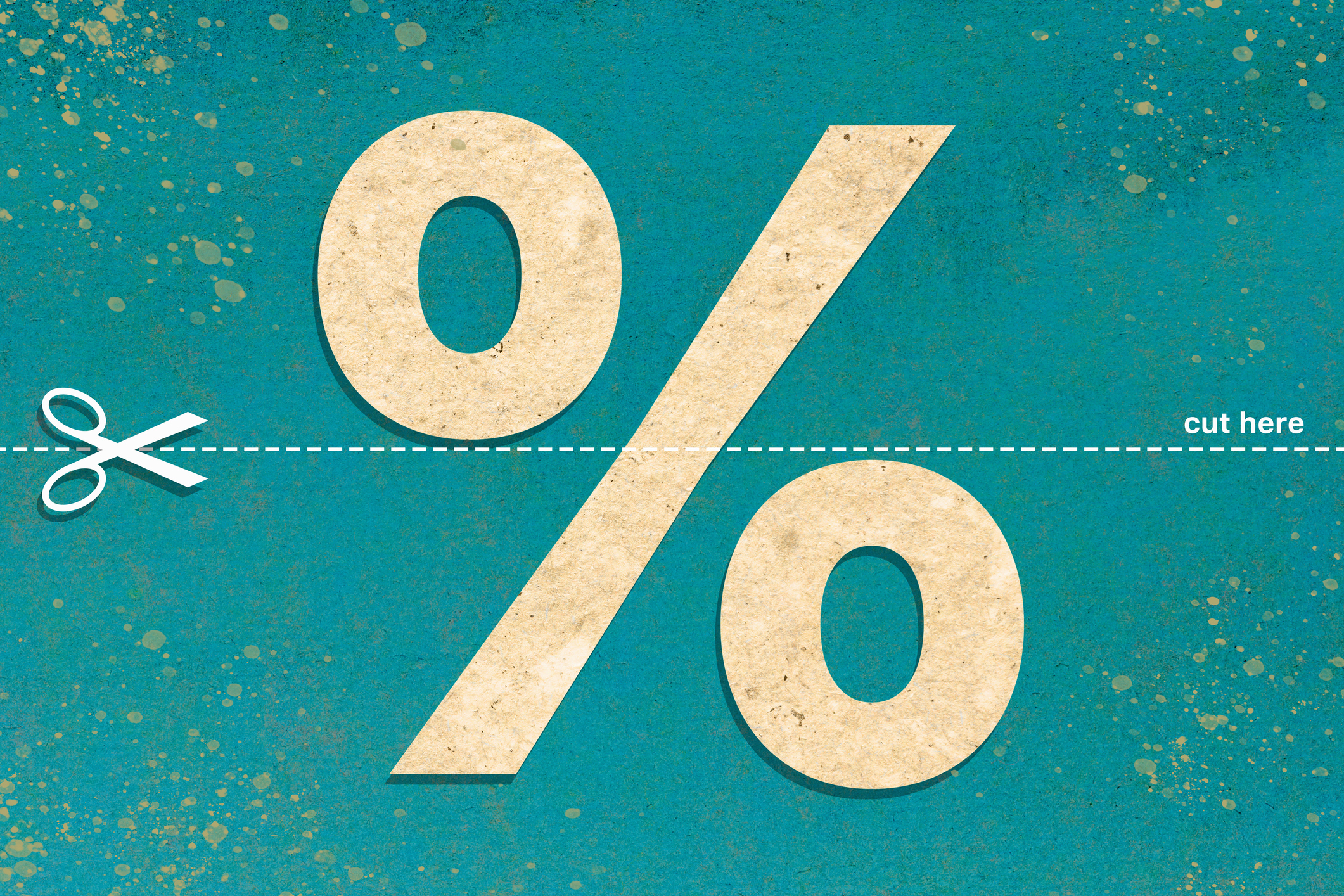State Farm To Exit Homeowner Renewal Policies in California
The insurer plans to send non-renewal notices to 72,000 home and apartment policyholders starting this July.


State Farm plans to stop renewing home and apartment insurance policies in California beginning July 3.
The move, which will affect a total of 72,000 policyholders, will be done on a rolling basis and affect homeowners, rental dwelling, residential community association and business owners policies, the insurer said in a March 20 statement. On August 20, the withdrawal will start for commercial apartment policies.
Those affected by the decision will be notified before their policies expire and will be given information on other coverage options, the company said. It added that independent agents in California will continue to service policies not affected by the changes.
From just $107.88 $24.99 for Kiplinger Personal Finance
Be a smarter, better informed investor.

Sign up for Kiplinger’s Free Newsletters
Profit and prosper with the best of expert advice on investing, taxes, retirement, personal finance and more - straight to your e-mail.
Profit and prosper with the best of expert advice - straight to your e-mail.
State Farm, which stopped offering new homeowner policies in the state last May, cited issues related to inflation, natural disasters, reinsurance rates and “the limitation of working within decades-old insurance regulations.”
Renters insurance will not be affected, the insurer said, adding that the “difficult but necessary” decision will affect a portion of State Farm's California policyholders as follows:
- Non-renew about 30,000 homeowners, rental dwelling and other property insurance policies (residential community association and business owners). (A rental dwelling policy insures rental home owners.)
- Withdraw from offering commercial apartment policies with the non-renewal of all of those approximately 42,000 policies. (A commercial apartment policy insures apartment owners.)
“We will evaluate the need for any additional business actions as market conditions change,” State Farm said. Combined, the policies represent just over 2% of State Farm General’s policy count in the state.
The move follows those of other insurance companies leaving California, including four Kemper subsidiaries as well as Farmers Direct Property and Casualty Insurance — both of which said last November that they would withdraw from certain homeowner policy markets.
Like Florida, California has seen a number of insurers leave the market, often citing the region's growing climate-related risks and reinsurance rates. Last month, two home insurers said they were eyeing rate hikes in Florida.
In October 2023, a S&P Global Market Intelligence study found a national average spike of about 8.8% in homeowner premiums last year.
In response to the state's uptick in non-renewal notices, the California Department of Insurance recently released 10 tips for finding residential insurance. This includes a help page with links for filing consumer complaints.
RELATED CONTENT
Profit and prosper with the best of Kiplinger's advice on investing, taxes, retirement, personal finance and much more. Delivered daily. Enter your email in the box and click Sign Me Up.

Esther D’Amico is Kiplinger’s senior news editor. A long-time antitrust and congressional affairs journalist, Esther has covered a range of beats including infrastructure, climate change and the industrial chemicals sector. She previously served as chief correspondent for a financial news service where she chronicled debates in and out of Congress, the Department of Justice, the Federal Trade Commission and the Commerce Department with a particular focus on large mergers and acquisitions. She holds a bachelor’s degree in journalism and in English.
-
 New 2026 Tax Change Could Mean More for Your IRA and 401(k) Savings
New 2026 Tax Change Could Mean More for Your IRA and 401(k) SavingsRetirement Savings Here's how the new IRS inflation adjustments will increase the contribution limits for your 401(k) and IRA in the new year.
-
 Giving Tuesday 2025: 'Every Small Act Makes a Major Difference'
Giving Tuesday 2025: 'Every Small Act Makes a Major Difference'GivingTuesday encourages generosity in any form, from donating to charity to helping your neighbors.
-
 Giving Tuesday 2025: 'Every Small Act Makes a Major Difference'
Giving Tuesday 2025: 'Every Small Act Makes a Major Difference'GivingTuesday encourages generosity in any form, from donating to charity to helping your neighbors.
-
 How to Position Your Portfolio for Lower Interest Rates
How to Position Your Portfolio for Lower Interest RatesThe Federal Reserve is far from done with its rate-cutting regime. This is how investors can prepare.
-
 Moves to Manage the Soaring Costs of Owning a Car
Moves to Manage the Soaring Costs of Owning a CarIt's costing more and more to keep a car on the road, but you can drive some costs down. Here's how to get a better deal on insurance premiums, repairs and gas
-
 My First $1 Million: Oil Industry Engineering Manager, 67, Chapel Hill, N.C.
My First $1 Million: Oil Industry Engineering Manager, 67, Chapel Hill, N.C.Ever wonder how someone who's made a million dollars or more did it? Kiplinger's My First $1 Million series uncovers the answers.
-
 I'm a Financial Literacy Expert: Bubble-Wrapping Our Kids Robbed Them of Resilience. Now What?
I'm a Financial Literacy Expert: Bubble-Wrapping Our Kids Robbed Them of Resilience. Now What?By raising them to think they're amazing no matter what and lifting them over obstacles, we left them unprepared to work in the real world.
-
 I'm a Financial Planner: If You're a High Earner, You Need an 18-Month Safety Net
I'm a Financial Planner: If You're a High Earner, You Need an 18-Month Safety NetNo job seems to be safe in this age of AI. If you make a larger-than-usual salary, then you need to have a larger-than-usual emergency fund. Here's why.
-
 23 Best Buy Black Friday Deals That Are All 50% Off or Better
23 Best Buy Black Friday Deals That Are All 50% Off or BetterIn a sea of mediocre discounts, these Best Buy Black Friday deals slash 50% off or more on the latest tech.
-
 As Holiday Shopping Kicks Off, Consider Adding Some Financial Literacy to Your Child's Wish List
As Holiday Shopping Kicks Off, Consider Adding Some Financial Literacy to Your Child's Wish ListNow is a prime time to teach your child some financial literacy and consider focusing on experiences rather than spending hard-earned money on material gifts.